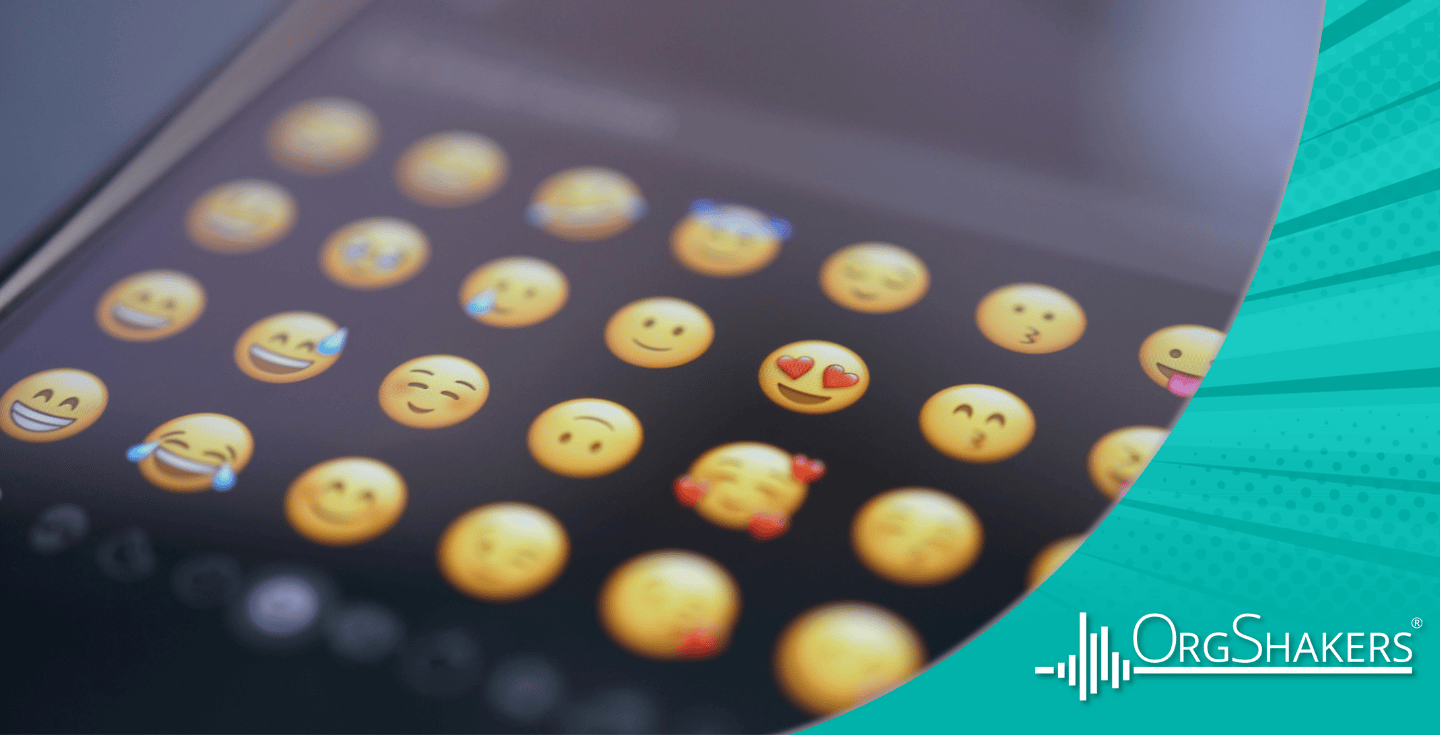Menu

Decoding “Cybernese”: The New Language of Digital Workplaces
If you’re wondering what on earth “Cybernese” is, you may be surprised to learn that it’s a rapidly evolving language we all need to become fluent in—fast. Cybernese refers to the non-verbal, online language we’ve developed since the mass shift to remote and hybrid work.
In traditional, in-person workplaces, body language, facial expressions, and tone of voice often communicate as much as the words themselves. Being able to “read” people is a skill that gives valuable insight into what they truly think or feel. But with more and more interaction taking place online, we now face the challenge of interpreting a whole new set of non-verbal signals—ones that come through screens, chat platforms, and even emojis.
From Body Language to “Zoom Language”
In platforms like Zoom or Microsoft Teams, body language is harder to read when all you see is someone’s head and shoulders. Yet, subtle cues still matter: camera on vs. camera off, background choices, lighting, posture, and even responsiveness in chat. These are all part of the Cybernese lexicon.
Research suggests these cues are not just cosmetic. One study found that 92% of U.S. executives believed employees who consistently kept their cameras off were less likely to have a long-term future at their organization. Similarly, your chosen virtual background—whether a tidy office space or a tropical beach—can send unintended signals about your professionalism or work style.
The Emoji Gap
Perhaps the most complex and easily misunderstood part of Cybernese is emoji use. Originally designed to add warmth or clarity to digital messages, emojis have developed multiple—and sometimes conflicting—meanings across generations.
For example:
- 👍 Thumbs-Up: While older workers often see it as a quick way to say “all good” or “thank you,” many Gen Z professionals interpret it as curt, dismissive, or even passive-aggressive.
- 👏 Clapping Hands: Traditionally meant “well done,” but often used sarcastically by younger people.
- 🙂 Smiley Face: Friendly to some, disingenuous or condescending to others—especially if paired with critical feedback.
- 💀 Skull: Historically linked to danger or death, but now commonly used to mean “I’m dead from laughing” in younger circles.
- 😭 Loudly Crying Face: Once a symbol of grief, now widely used for exaggerated humor or emotional overreaction.
These evolving interpretations mean that what one person intends as warmth or encouragement can be read by another as sarcasm, dismissal, or hostility.
Why This Matters for HR and Leaders
Misinterpretation of digital cues can create more than momentary confusion – it can erode trust, morale, and psychological safety. When one person thinks a message says “You did great,” but the recipient hears “I’m annoyed with you,” communication has broken down.
This risk is amplified in multigenerational workplaces, where digital “natives” and “digital immigrants” bring different assumptions about tone and meaning. Without a shared understanding, even well-intentioned messages can lead to tension.
Building a Shared Digital Language
Just as organizations provide training on professional email etiquette, HR leaders should consider guidance on digital tone and non-verbal online cues. This might include:
- Open Discussions: Invite teams to share how they interpret common emojis and digital behaviors. You may uncover surprising differences in perception.
- Clear Context: Pair emojis with short clarifying phrases to ensure tone is unmistakable.
- Manager Training: Encourage leaders to pause before hitting “send” and consider how their message might be received by different audiences.
- Cultural Sensitivity: Recognize that emoji meanings can vary not only by generation but also by geography and subculture.
Staying Curious, Not Imitative
Leaders don’t need to mimic Gen Z slang or emoji trends to connect effectively. The goal isn’t to “speak young,” but to stay curious and aware. A willingness to learn how others express themselves—and how they interpret your own communication—can prevent misunderstandings and strengthen relationships.
The Bottom Line
Cybernese is here to stay, and its vocabulary will keep evolving. In a workplace where so much interaction is digital, understanding the hidden signals in online communication is no longer optional—it’s a core competency. By fostering awareness, building shared meaning, and encouraging curiosity, HR professionals can help bridge the generational and cultural gaps in our increasingly virtual work world.



